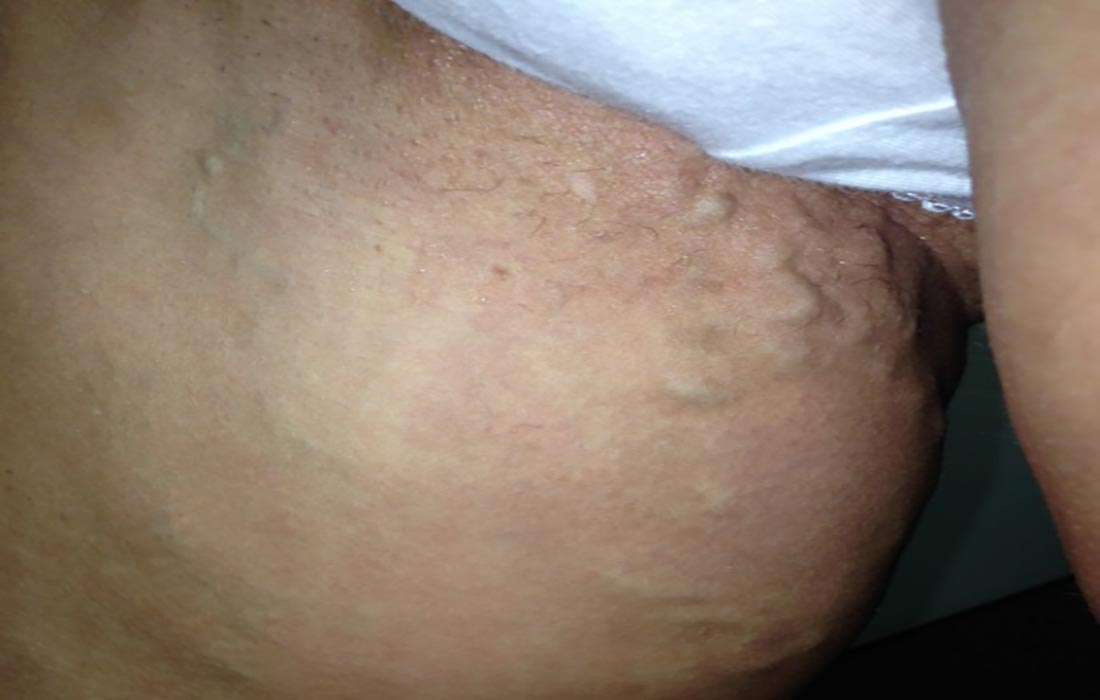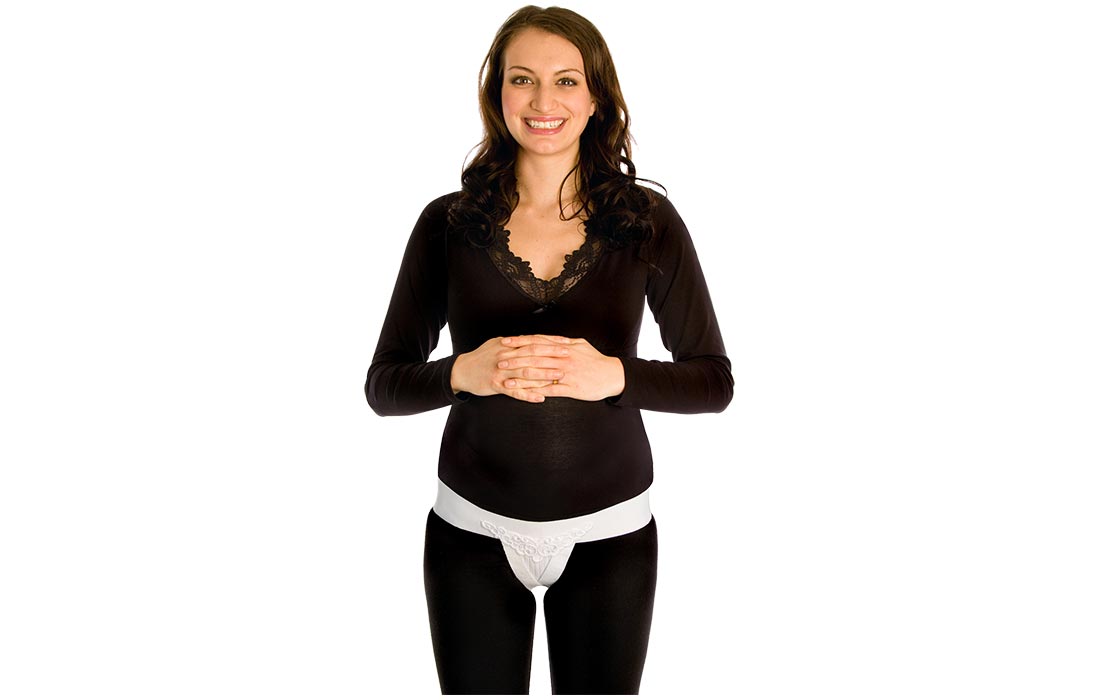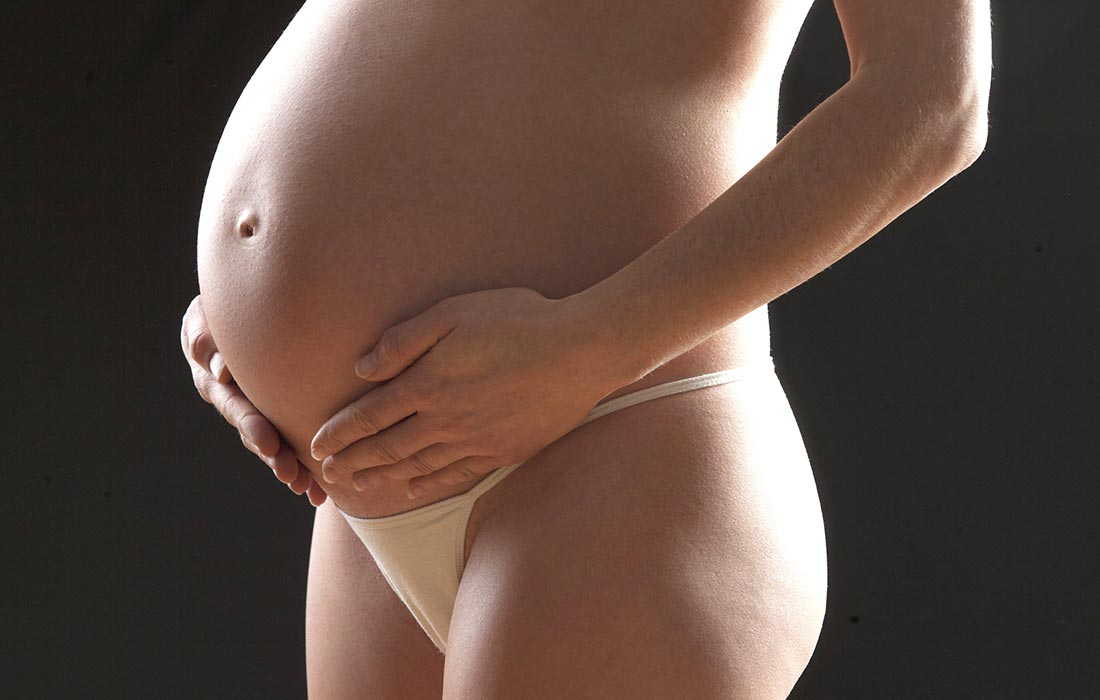About Varicose veins of the vulva and vagina
The circulatory system is made up of both veins and arteries. Arteries delivers fresh oxygen rich blood from the heart to all tissues and veins then collect the oxygen-depleted blood again and transport it back to the heart.
The heart will pump blood through the arteries, but not all the way through the veins.
In the lower limbs, blood requires a different transport system to return it, against gravity, back to the heart. This transport system is made up of a pump again, the “calf pump” and one way valves within the veins.
It is for this reason that walking is a great way to keep your legs healthy, since the calf pump is activated all the time.
Broken one-way valves in the legs will cause blood to flow back through the vein and pool in the lower legs, this is known as venous reflux, and often presents as varicose veins. Varicose veins are large blue tortuous vessels that buldge from the surface of the skin.
Varicose Veins of the vagina and vulva(external genitalia)
Varicose veins of the vulva and vagina?
Recent studies have shown that vulvar and vaginal varicose veins are due to the increased levels of estrogen and progesterone during pregnancy. About 10% of woman are affected during their second trimesters. Most woman don't even realise that they have vulva or vaginal varicose veins, unless told by a partner or healthcare provider.
What are the symptoms of vulva and vaginal varicose veins
Due to their location, these veins can cause heaviness or fullness in the groin area, itching with inflammation, discomfort on physical exertion and pain during intercourse or at rest. Pain during intercourse also called dyspareunia may persist for a year or more after delivery,
Will I get varicose veins in other parts of my body?
Varicose veins is very common during pregnancy. Sites other than the legs include the rectum as piles, vulva and vagina. Vaginal or vulval varicose veins can be distressing, but will clearup in most cases once the baby is born. If they persist, then book an appointment to see us, they can be treated.
Treatment of vulva or vaginal varicose veins?
Treatment of vulva and vaginal varicose veins is delayed until after the birth of your baby. The ideal time to assess a patient for these veins is 6 - 12 months after delivery.
Treatment is based on the source of venous reflux. Our preferred menthod of treatment is ultrasound guided foam sclerotherapy.
Treatment options during pregnancy is limited to supporting the distended veins.
- Swim often - swimming is great exercise, will alleviate the pressure of the baby on your veins and improve pelvic bloodflow
- Cold compresses - apply these to the vulva
- Get a support garment - look for one that specifically supports the vulva.
- Move around - don't stand ot sit for long peroids without changing position.
- Leg elevation - elevate from your hips down by placing a support behind your hips
- Sleep on your left side, this relieves the pressure on your large veins
- Use graduated compression stockings



